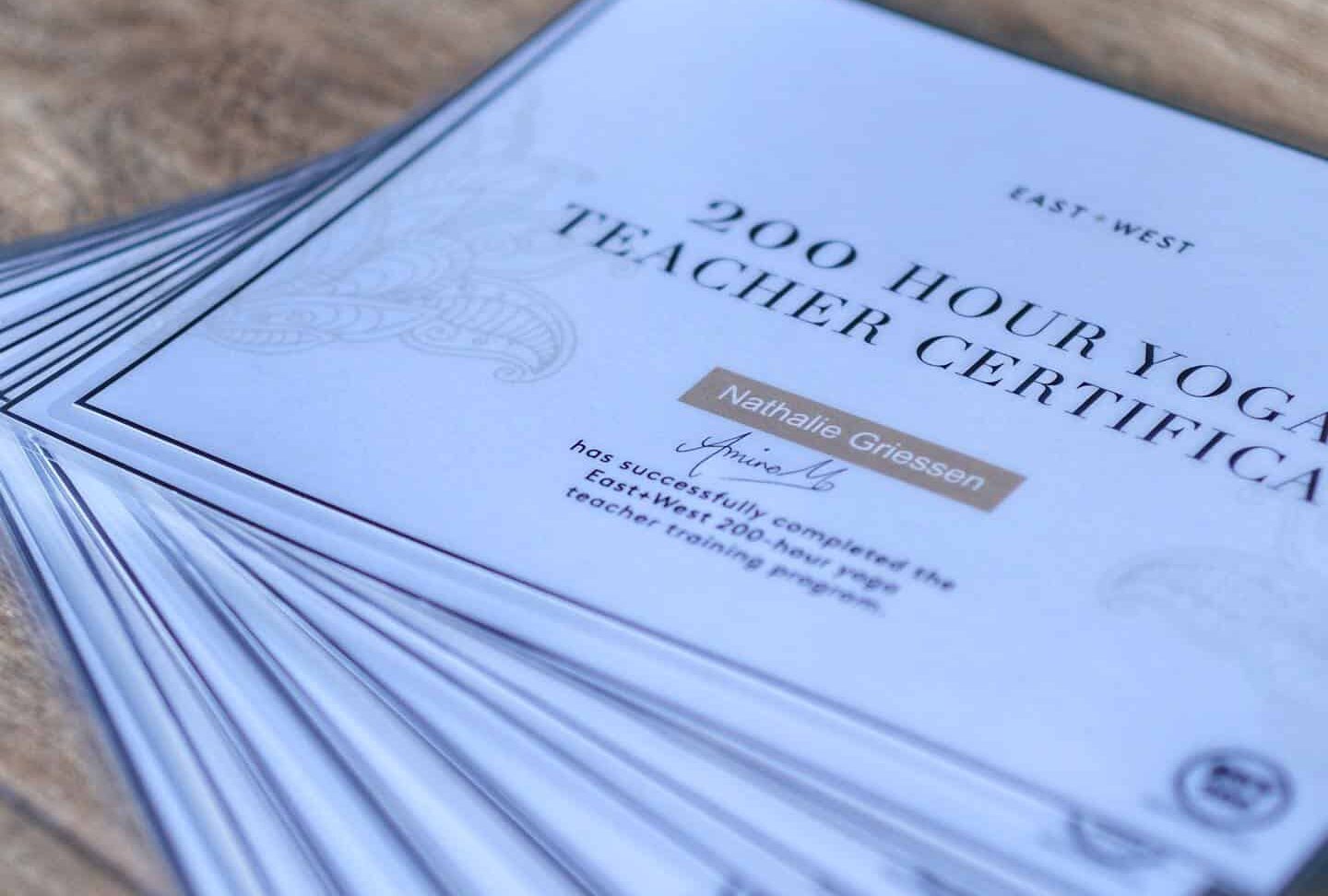

Yoga has evolved from an ancient practice to a global phenomenon, attracting countless individuals seeking to deepen their understanding and share its benefits with others. For many, becoming a certified yoga teacher is a transformative journey that blends personal growth with professional development. This guide will outline the steps to becoming a certified yoga teacher, highlight the different certification levels, discuss the benefits of certification, and provide insights into the requirements for certification.
The first step in becoming a certified yoga teacher is researching various training programs. Look for programs that are accredited by reputable organizations, such as the Yoga Alliance. Accreditation ensures that the program meets specific standards of quality and comprehensiveness. Consider factors like program location, duration, curriculum, and the experience of the instructors.
Some yoga teacher training programs may have prerequisites, such as minimum years of personal practice or completion of specific foundational courses. Make sure you meet these prerequisites before applying.
Once you’ve selected a program, the next step is to enroll. This often involves submitting an application, paying a deposit or tuition fee, and preparing for the training. Ensure your chosen program is a registered yoga school (RYS) with Yoga Alliance or another reputable accrediting body.
East+West, for example, offers comprehensive yoga teacher training programs in Costa Rica and Bali. Their programs are designed to provide an immersive experience, blending traditional yoga teachings with modern practices. For more information, click here .
During your training, you will attend various classes and workshops covering different aspects of yoga. This includes yoga philosophy, anatomy, teaching methodology, and practical teaching experience. Engage fully in these sessions to gain a well-rounded understanding of yoga.
Most certification programs require a certain number of practice hours. This includes both personal practice and teaching practice. Keep a detailed log of your practice hours, as they are essential for certification.
To become certified, you must pass various assessments. These may include written exams, practical teaching evaluations, and peer reviews. The assessments are designed to ensure you thoroughly understand yoga and can teach effectively.

Yoga teacher certifications come in various levels, each signifying a different depth of training and expertise. The primary certification levels are:
The 200-hour certification is the foundational level and the most common starting point for aspiring yoga teachers. This certification covers the basics of yoga philosophy, anatomy, teaching methodology, and practice. It is suitable for those looking to start their teaching journey and gain a solid understanding of yoga.
The 300-hour certification is an advanced level that builds on the 200-hour training. It delves deeper into yoga philosophy, advanced anatomy, and specialized teaching techniques. This certification is ideal for teachers who want to deepen their knowledge and refine their teaching skills.
The 500-hour certification is the highest standard in yoga teacher training. It combines the 200-hour and 300-hour certifications and provides an extensive, in-depth education. This certification suits those who wish to become senior teachers or yoga teacher trainers.

Obtaining a yoga teacher certification offers numerous benefits, both personally and professionally. Here are some key advantages:
Yoga teacher training provides an opportunity to deepen your personal practice. You will learn advanced techniques, explore different styles of yoga, and gain a deeper understanding of the principles behind the practice.
Teacher training equips you with the skills and confidence to teach yoga effectively. You will learn how to sequence classes, give adjustments, and create a safe and inclusive environment for students.
Becoming a certified yoga teacher means joining a global community of yoga practitioners and teachers. This community provides support, inspiration, and opportunities for continuous learning and growth.
A yoga teacher certification can open various career opportunities. You can teach in yoga studios, gyms, community centers, and even online. Additionally, certified teachers often have opportunities to lead workshops, retreats, and teacher training programs.
As a yoga teacher, you have the opportunity to make a positive impact on others’ lives. You can help students improve their physical health, reduce stress, and find mental and emotional balance.

To become a certified yoga teacher, you must meet specific requirements set by the training program and accrediting organization. These requirements typically include:
The curriculum of a yoga teacher training program usually includes the following components:
Practical teaching experience is a critical part of yoga teacher training. It allows you to apply what you’ve learned and gain confidence in your teaching abilities. This experience often includes teaching practice classes, assisting in workshops, and receiving mentorship from experienced teachers.
Yoga teachers are expected to adhere to ethical guidelines that promote integrity, respect, and professionalism. The accrediting organization and the training program often outline these guidelines.
Continuing education is essential for yoga teachers to stay updated with new developments in the field and continue their personal and professional growth. This may include attending workshops, taking advanced training courses, and participating in yoga conferences.
Becoming a certified yoga teacher is a rewarding and transformative journey. It requires dedication, commitment, and a passion for yoga. By following the steps outlined in this guide, you can embark on this journey with confidence and clarity.
East+West offers immersive, high-quality training that blends traditional teachings with modern practices, providing aspiring yoga teachers with a comprehensive and enriching experience.
To learn more about the East+West yoga teacher training programs in Costa Rica and Bali, click here.
Embarking on the path to becoming a certified yoga teacher can be a life-changing experience. It offers the opportunity to deepen your personal practice, gain valuable teaching skills, join a supportive community, and positively impact others’ lives. Whether you start with a 200-hour certification or aim for an advanced 500-hour certification, the journey is filled with learning, growth, and transformation. Ready to take the first step?